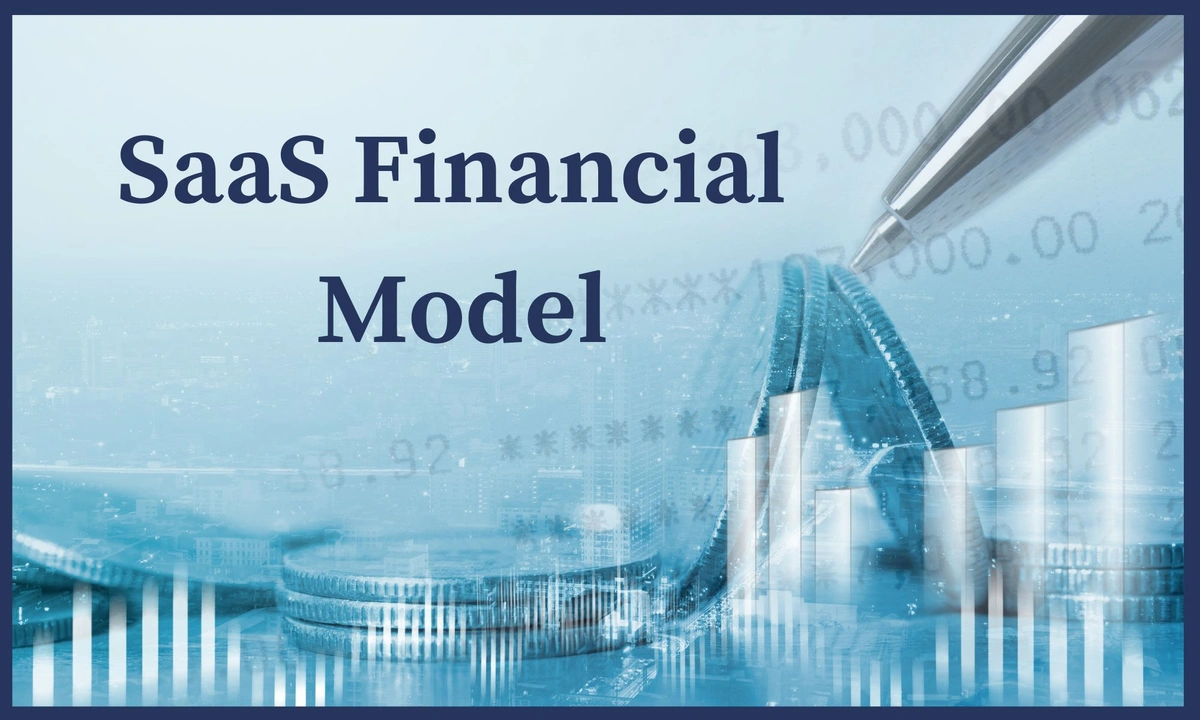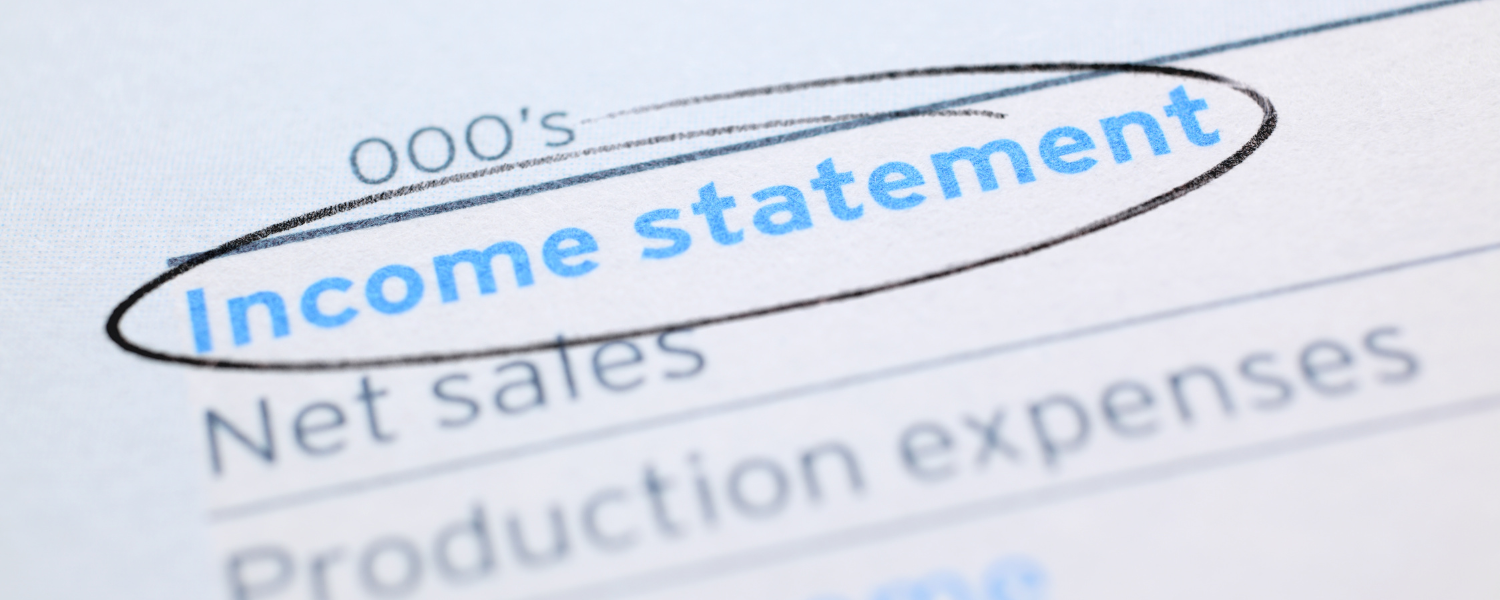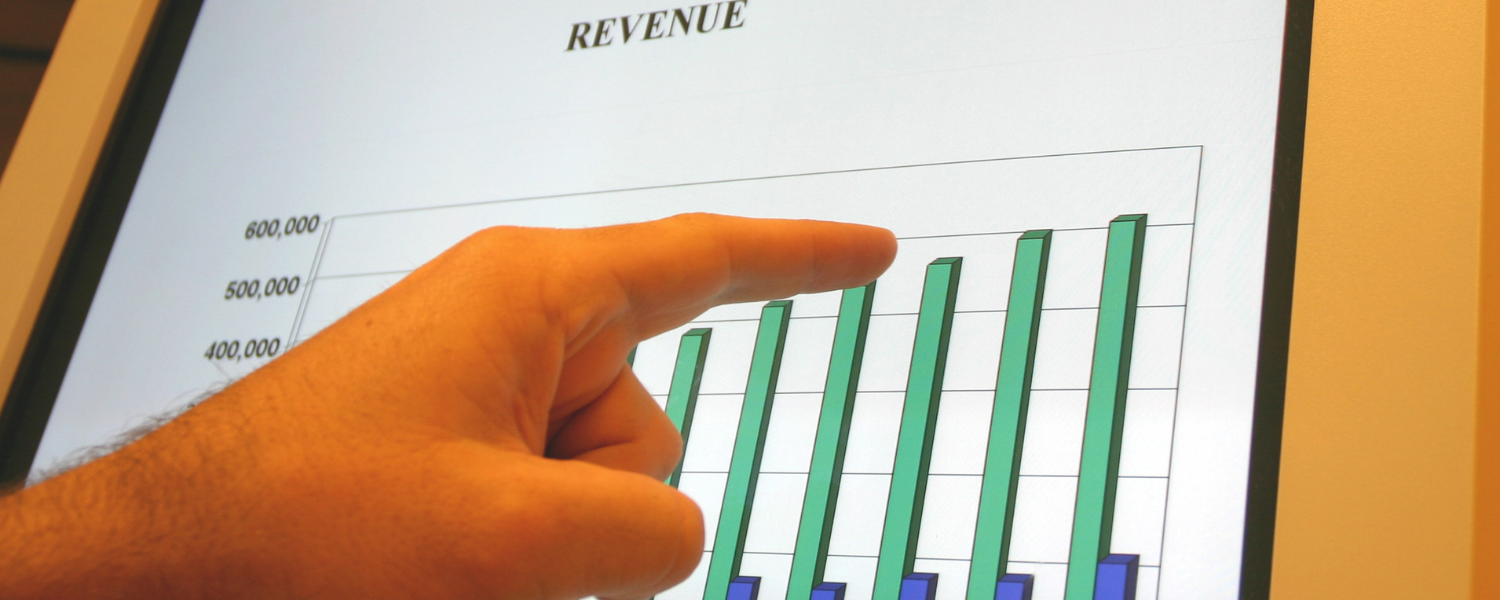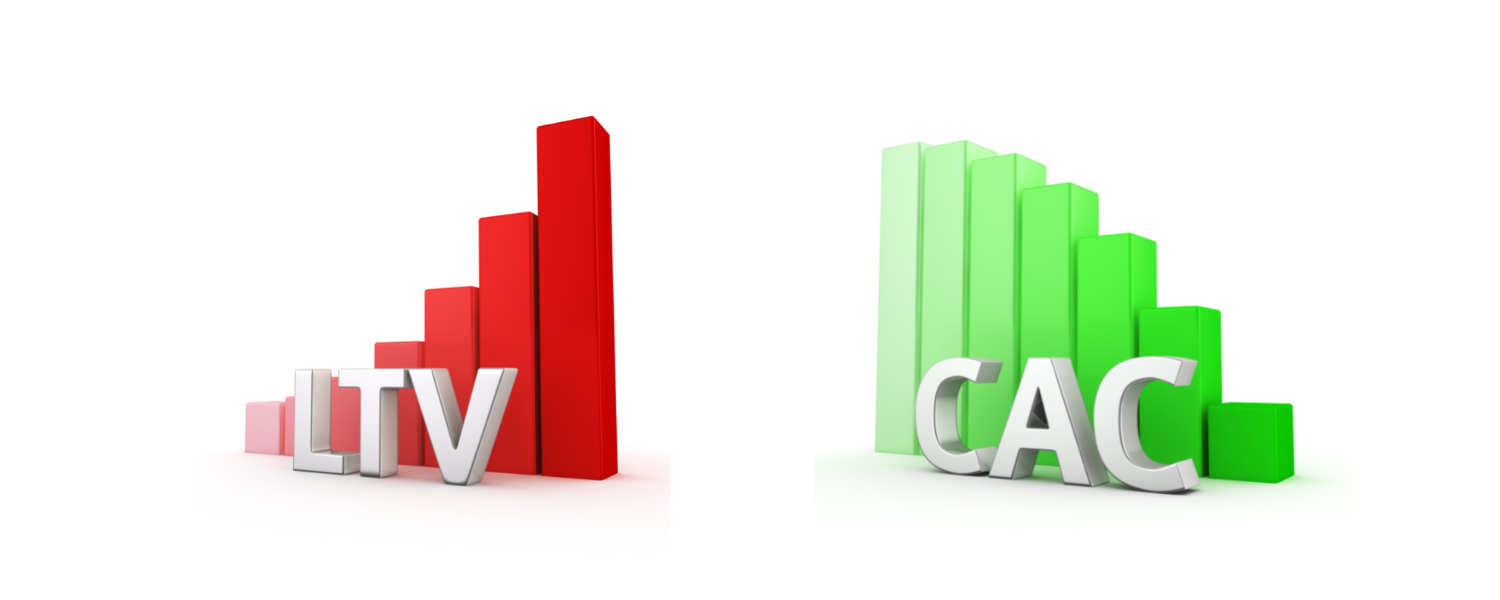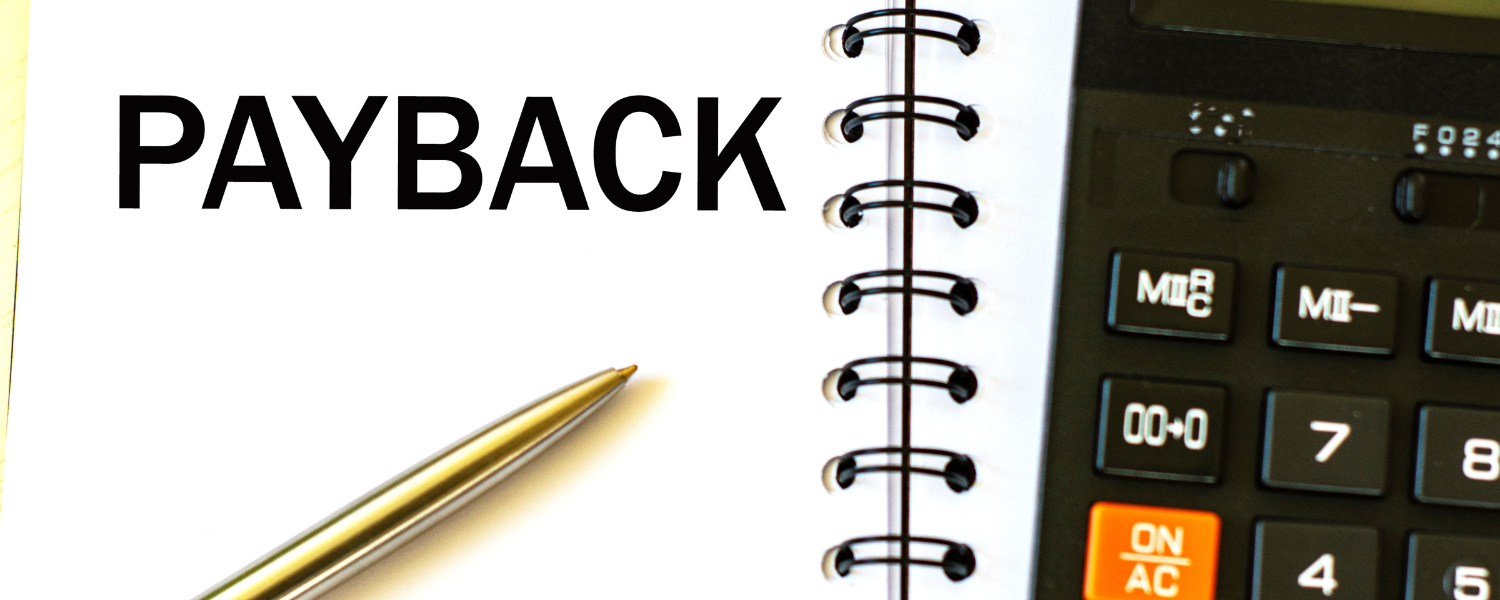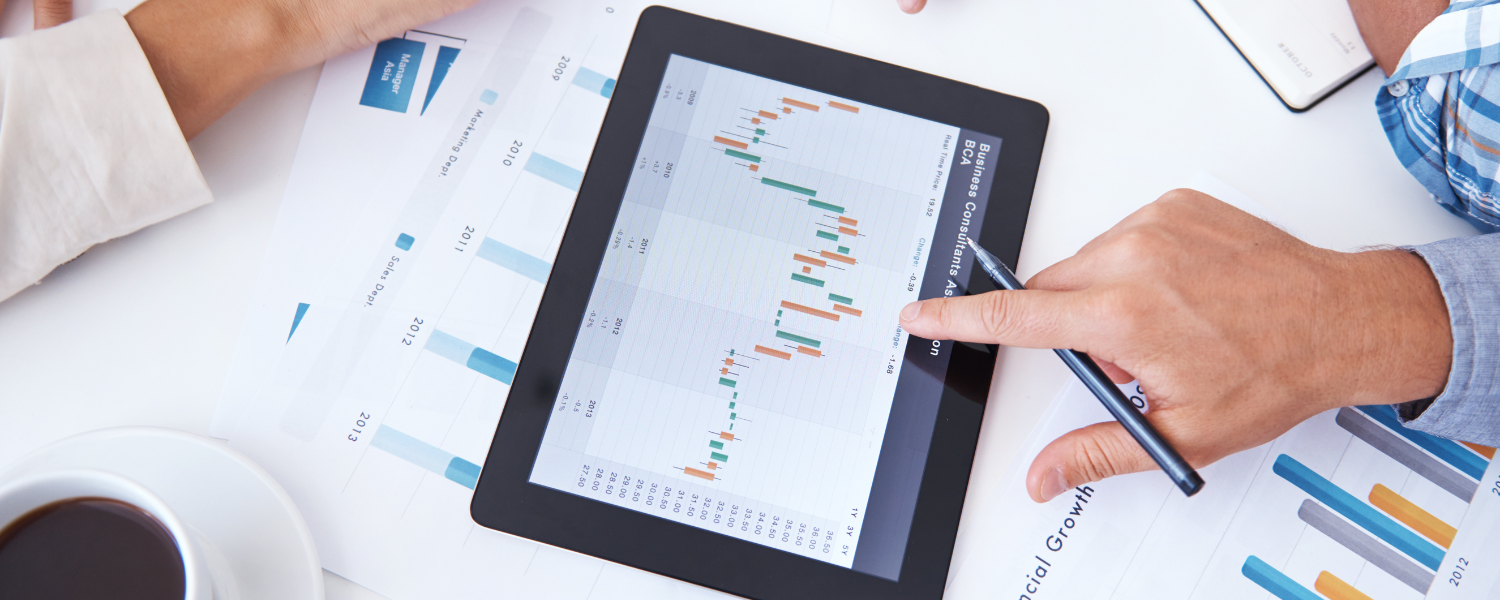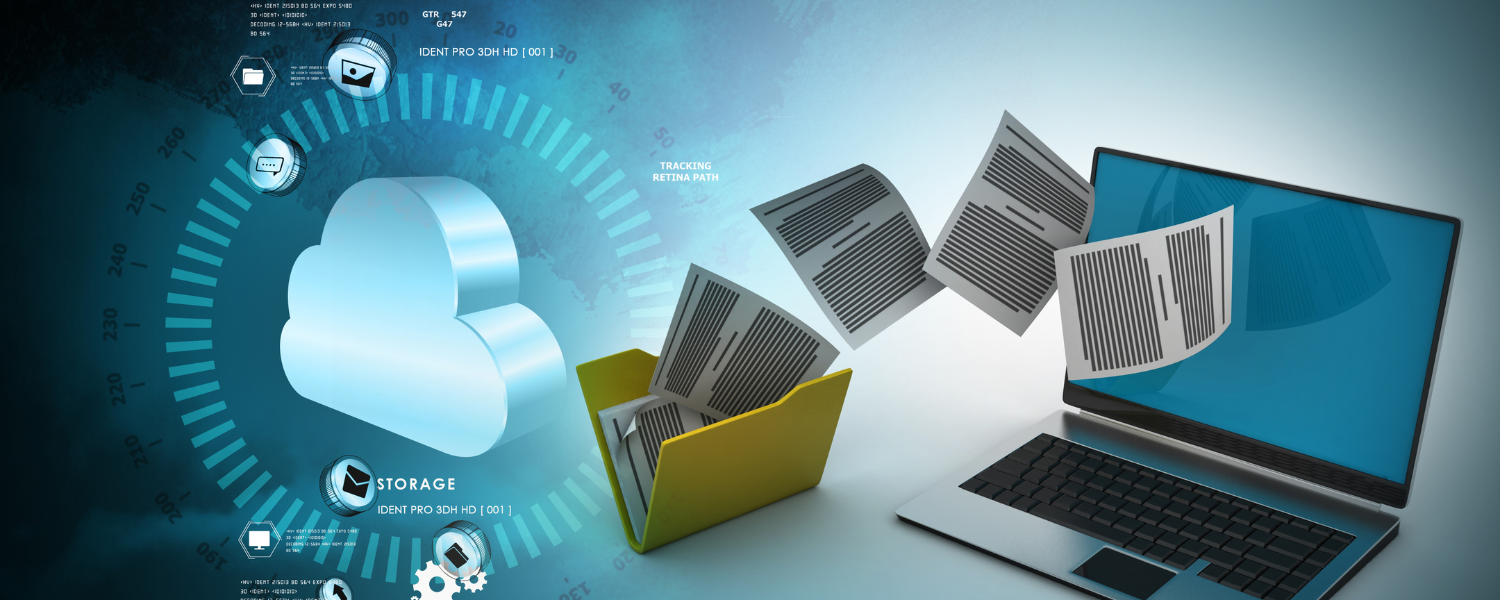Devising a financial model for the SaaS is a key practice that assists financial leaders in making decisions driven wholly based on data. This enables them to assess the future growth of the company. No matter where you are in your company’s life-cycle, you need a good financial model to get key analytics from the financial statements so that income, expenditure and growth can be predicted. In this article, we will read about the various SaaS financial models so that you can find the perfect fit for your company.
What is a SaaS Financial Model?
The model or process by which you can create the structure for assessing the income and expenditure of your SaaS company is known as the SaaS financial model. This model also includes forecasts about future revenues and significant KPIs. A good and efficient SaaS model should include the variables involved with subscriptions, churn and its subsequent effect on future revenue.
SaaS financial models are tailor-made models which help companies focus on their priorities, such as customer acquisition, customer retention and churn reduction in future years.
Importance of a SaaS Financial Model
But why is having a financial model for SaaS significant? Let’s read below.
• It helps you understand the financial viability of your SaaS business.
• It provides you with a sandbox where you can learn to understand and predict the impact of your revenue-generating strategies.
• It gives you a complete picture of your cash flow.
• It allows you to adjust your business modelling thus creating an enhanced outcome.
Key Components of a SaaS Financial Model
We will now look at the key components of a SaaS financial model so that you can understand what you need for your specific SaaS financial model.
1. Income Statement
The Income Statement or the Profit and Loss Statement includes the balance sheet and the cash flow statements of a company in a certain time span. It consists of your income, expenditure, gross profits and net profits. This report helps you analyze the financial health of your business so that you can create effective financial budgets.
2. Revenue Models
Your recurring revenue, which includes your Annual Recurring Revenue (ARR) and Monthly Recurring Revenue (MRR)is a part of this report. Some other components include the growth MRR, churn MRR, reduction MRR and new MRR. This report provides you with the total revenue attained and the churn percentage at the end of each month, helping you to develop an efficient SaaS financial model.
3. Unit Economics
The costs and revenue of a company are expressed by unit economics, on a per-unit basis. If your company is showing profits per unit, this means that the company is incurring overall profits. These metrics, therefore, indicate the levels of efficiency of your SaaS operations and are therefore significant.
How to Use the SaaS Financial Model Template?
Below is a step-by-step process for creating a template for a SaaS financial model
The Revenue Report

2.The next ARR is obtained by multiplying the number of customers acquired that month with the average revenue per deal.
3.Then the cost incurred for implementation, migration and other services is added here. By multiplying it by the number of deals, we get the total cost of “Professional Services”
4.Finally, we can keep track of the number of customers by adding new customers and removing the ones remaining.
P&L Statement

2.The first category of expense is the cost of revenue which includes the cost incurred in providing support to the existing customers. It gives us the gross profit margin.
3.The second category includes operating expenses such as the cost of expansion, development of products and regular expenses. R&D, sales and marketing expenses are also covered in it.
4.The details of the salaries and other benefits and the cost incurred on tech infrastructure can be added to the sheets.
5.The efficiency ratio is also calculated to comprehend the overall impact of these costs and is important for your SaaS financial model.
6.In the last section, the interest expense and the payable tax is mentioned to give the value of the net profit or loss. The tax amount depends upon the location of the business.
Who is This Template For?
The template can be used by SaaS companies for their financial models, irrelevant of whether they are well-established or in the early stages of development.
This template assists them in gaining valuable information for creating business strategies and can also be used to forecast company growth. This template, however, is not suitable for SaaS businesses with high rates of growth.
The Key Metrics To Include in a SaaS Financial Model
Creating a SaaS financial model includes dealing with multiple metrics and making the best use of them. These metrics include-
• Churn Rate-
The percentage or rate at which subscribers cancel their subscription in a SaaS business within a set time span is known as the customer churn rate. It is calculated by dividing the number of customers who have cancelled their subscription in said time period by the number of customers subscribed at the beginning of that particular time period.
It is a significant measure for SaaS companies and unless the retention rate exceeds the churn rate, it is difficult for companies to grow, therefore an important metric for your SaaS financial model.
• Customer Lifetime Value-
The lifetime value of a customer is the revenue a customer generates over the time of their active subscription. It is highly important for the SaaS to keep track of the CLV as it makes it easy for companies to assess how much they should spend on retaining their customers. Acquiring new customers might be difficult and it is therefore important to increase the CLV.
• Average Revenue per User-
This can be found by dividing the total revenue by the total number of users during a given time period. It provides a single metric to the SaaS companies so that they can comprehend the level of their product and services compared to their competitors.
• Customer Acquisition Cost-
This is the cost spent by the SaaS company on the acquisition of their customers, and is a significant metric for SaaS financial model. This includes the cost incurred on marketing, sales, advertising, etc. It is found by dividing the total cost by the number of customers gained in a given time period. Higher levels of ARPU indicate the profitability of a SaaS company and it is therefore important for companies to know the average amount spent on acquiring each customer.
• LTV: CAC Ratio-
This ratio is calculated by dividing LTV by CAC to understand the value of a customer in regard to the cost spend on acquiring them. 3;1 is an ideal ratio for LTV: CAC and a lower ratio means that a company is spending too much on acquiring customers and not gaining enough return.
• Payback Period-
This is a period that indicates the time taken by a SaaS company in recovering the cost incurred on an investment. It is used by SaaS companies to develop their enterprise SaaS financial mode land to calculate the number of users a company should acquire to recoup the cost spent on customer acquisition.
SaaS Financial Model Structure Types
There are generally four types of SaaS financial model structures or templates, which can be used to create financial models for your SaaS business.
a. Operating Model-
This model includes the monthly view of the metrics related to your business, such as profit and loss, balance sheet and cash flow statements etc. With the help of these three statements, the financials of any business, small or large, can be easily accessed and understood, without the need to reinvent a new model for each business. This place is crucial for most forecasting models and data exports.
b. Forecasting Models-
These model types are utilized to make predictions regarding each business area, such as wages, revenue, other expenses etc. and are used to push data into the operating model.
c. Reporting Models-
Reporting models work differently to the forecasting model, as they pull the data from other models to portray them in a form which is easily accessible.
This SaaS financial model is significant as the metrics and KPIs in the SaaS business cannot be communicated solely with the help of a three-statement structure, as in the ‘operating model’. The reporting model helps to summarize data in a quarterly or annual format, instead of monthly.
d. Data Exports-
Data exports provide data for all the other models from the software that you use for accounting, billing or analytics. This comes as a time-saving and accurate option for updating your model, but only if you use the same export structure over time.
e. Modular Structure-
This structure helps you bring in your team lead to be a part of the overall forecasts. The experts in your team are able to provide the best inputs and create accurate forecasts. The SaaS financial modular structure or model allows your leaders to input information that can be beneficial for creating forecasts.
How to Build a Financial Model for a SaaS Company?
You can make a highly customizable SaaS financial model of your own depending on the needs of your company. Doing this is a simple 5-step process, as shown below-
1. Begin with the Global Controls-
The first step to devising the perfect model begins with accumulating and assessing the data related to the global controls of your company. This includes data such as the start date of the model, the average cost of capital, beginning cash balance and other such details.
Using this information, you can regulate the limitations of your revenue model or the SaaS financial model that you are aiming to create.
2. Work on Your Revenue Assumptions-
Multiple factors such as churn rate, LTR: CAC ratio, MRR and ARR etc can impact your overall revenue and profit. You should carefully assess your revenue assumptions and formulate them keeping in mind the factors that can affect them.
3. Enter the Assumptions-
It is important to take headcount assumptions into consideration, including parameters such as the number of people you are going to bring on board, the wages and benefits to be given to them and other costs that will be incurred. This will help you analyze if the model will create growth for your business or not.
4. Consider the Non-Wage Assumptions-
You will need to consider expenditure other than that spent on staff. This information will be derived from multiple arenas such as historical data, financial statements, balance sheets, cash flow statements, income statements etc. This information can be used to project details in your B2B SaaS financial model.
5. Summarize-
After entering the complete details into the model, you need to summarize the information you have acquired from the different sources mentioned above. In this way, it will be readily accessible and answers to the questions related to the model can be easily understood.
Final Words
You have now read about the essential information and tools required to create the perfect financial model for your SaaS enterprise. With this knowledge, you can quickly formulate your strategy for creating an efficient SaaS economic model that can assist you efficiently in the growth of your business.

